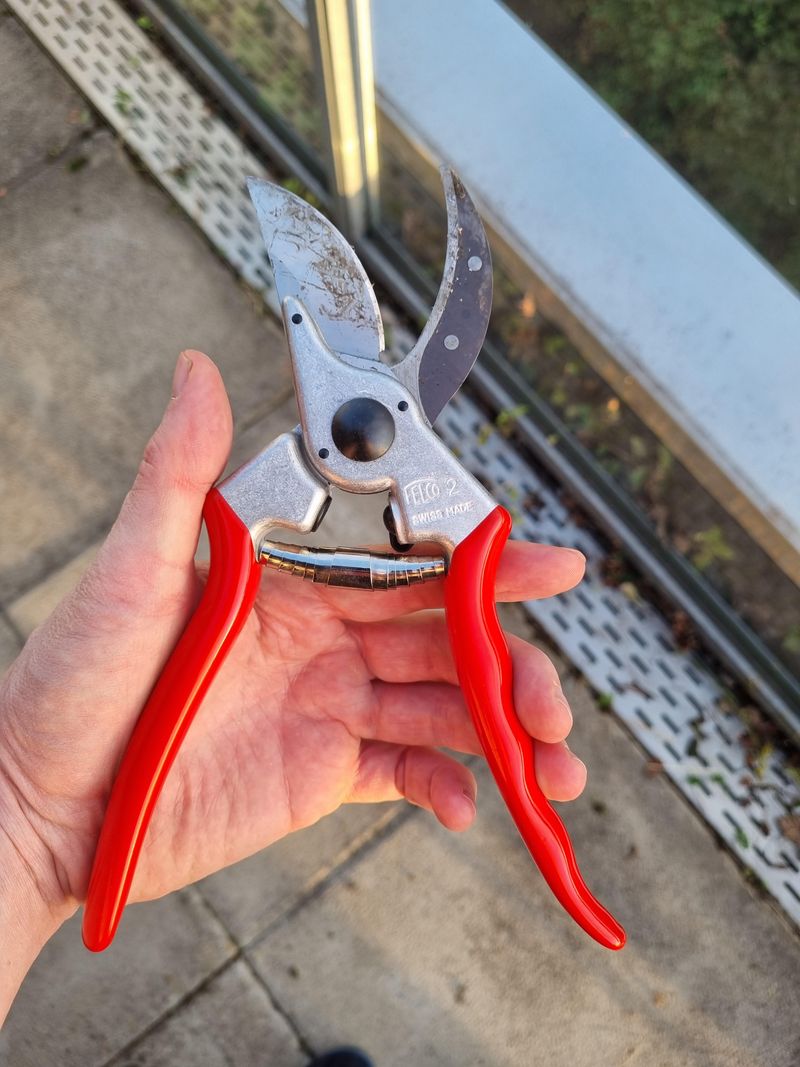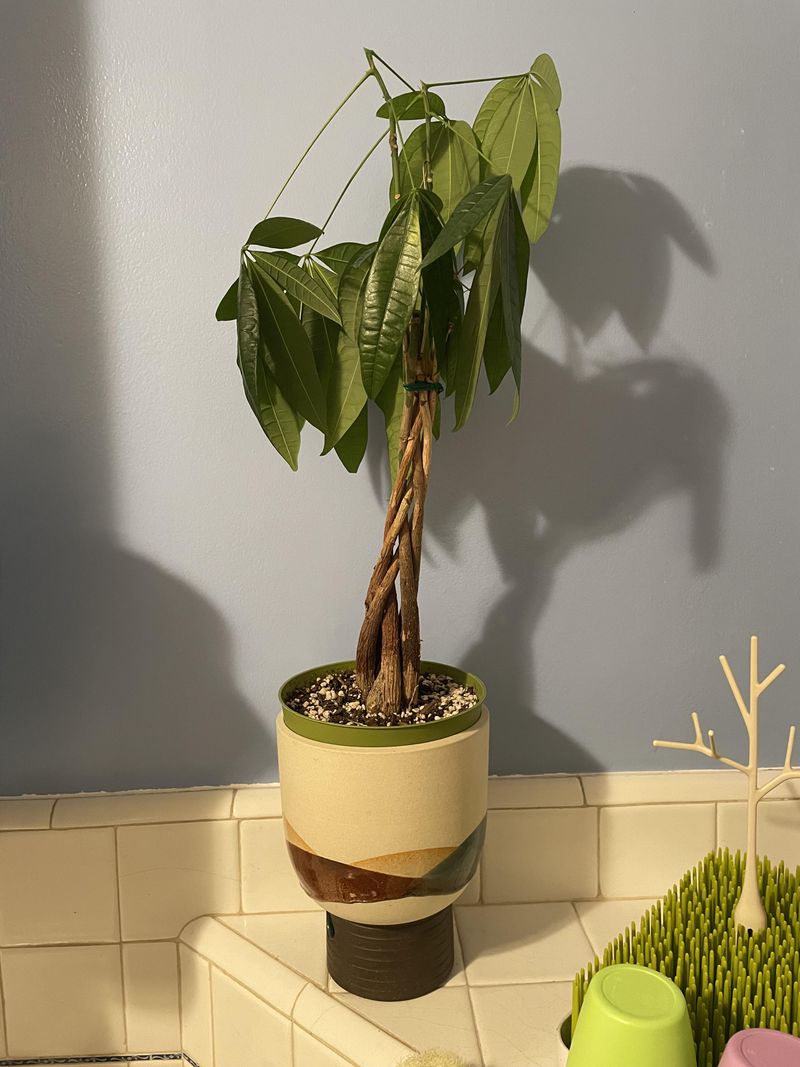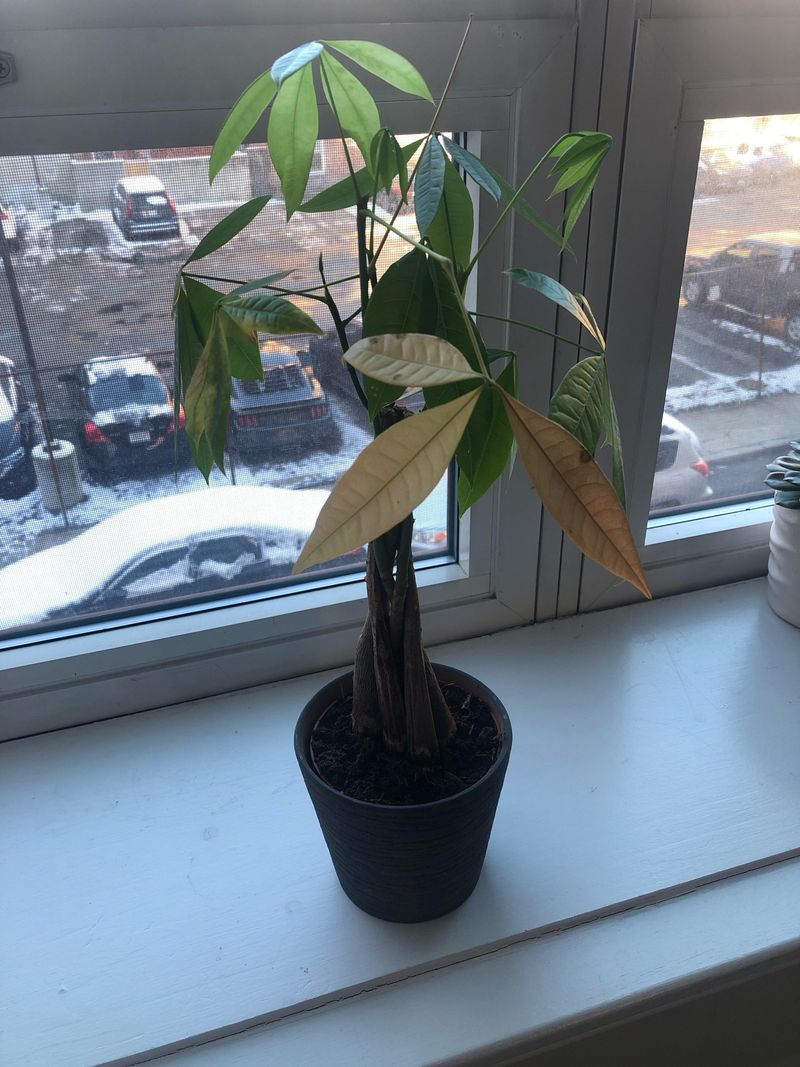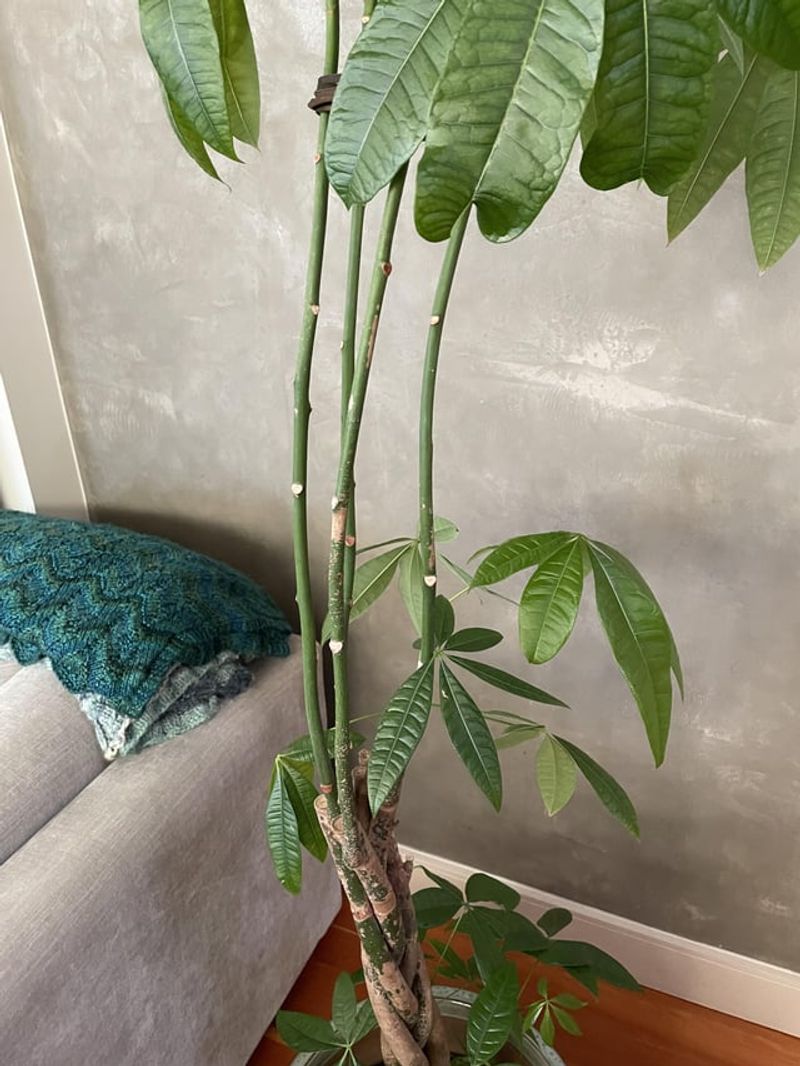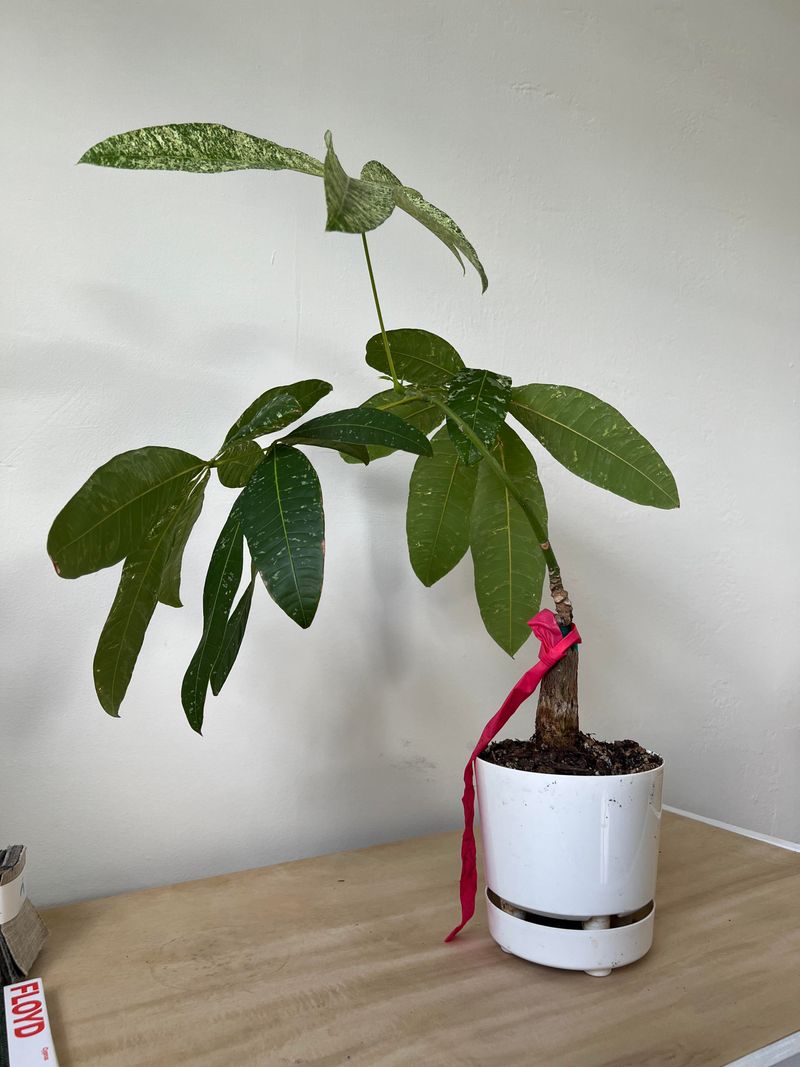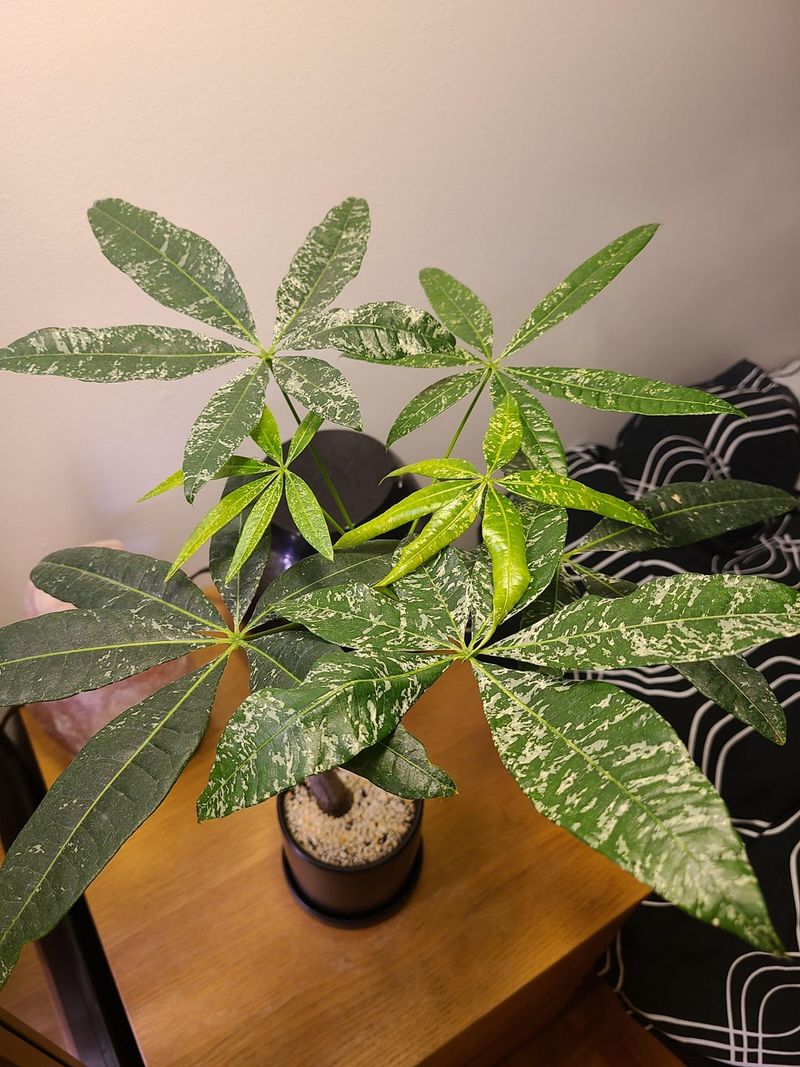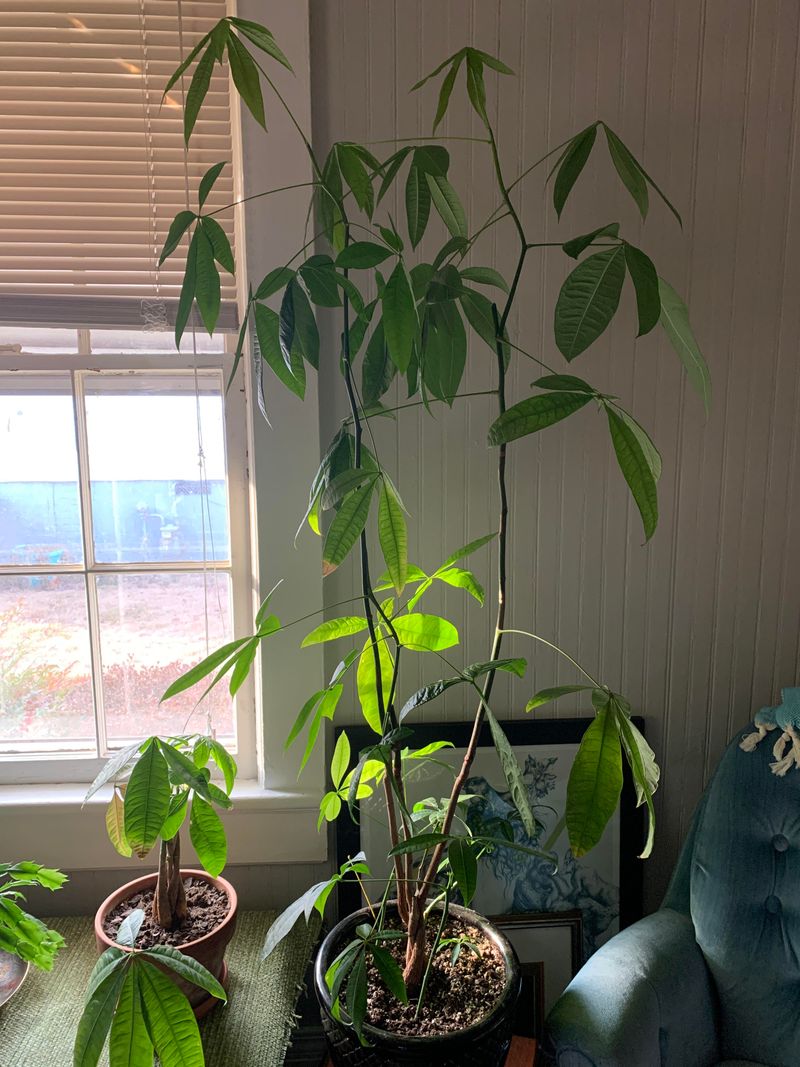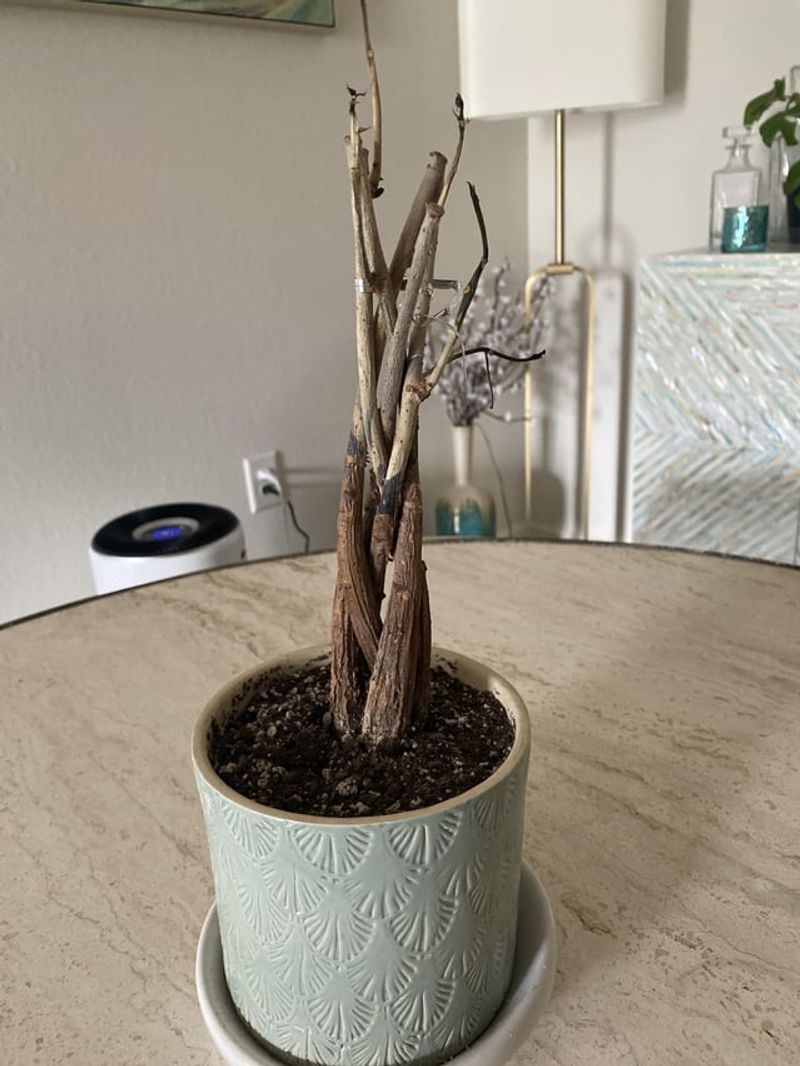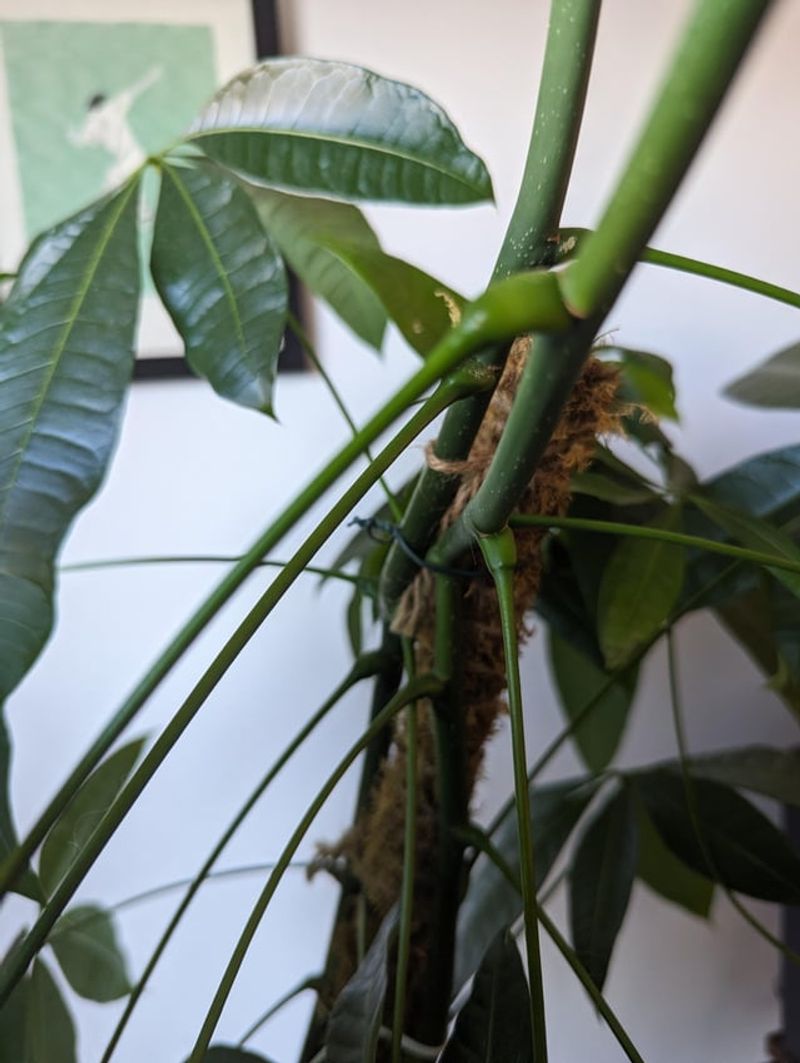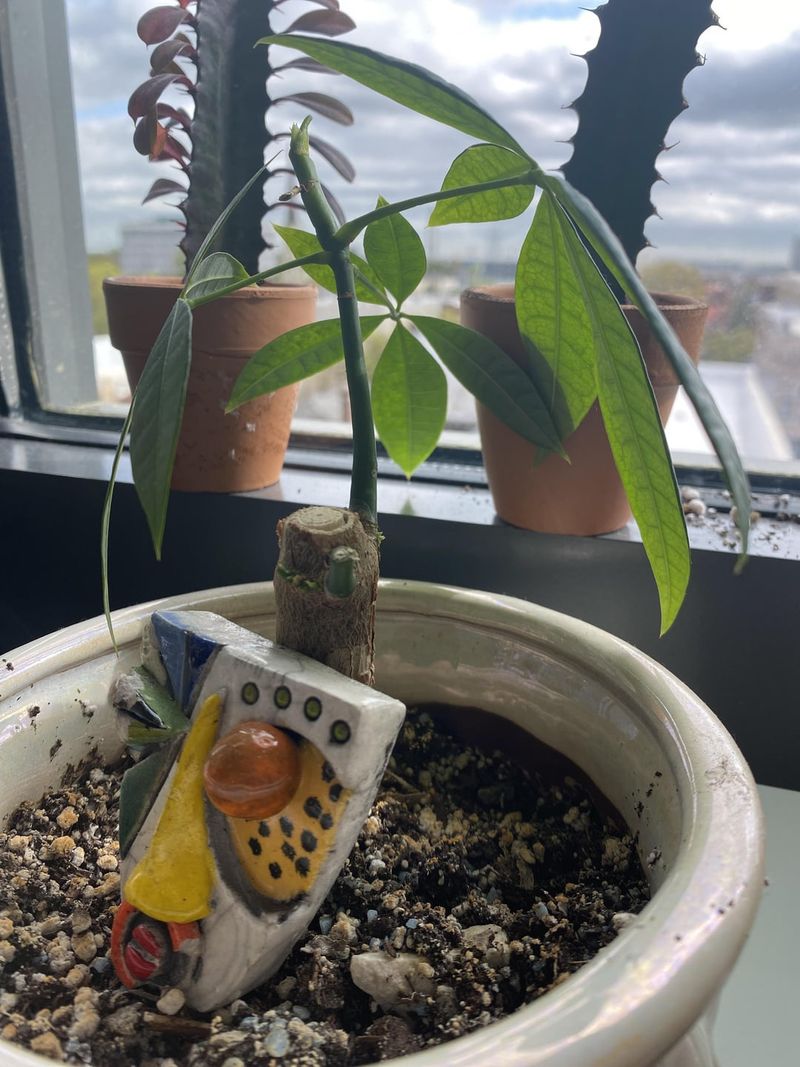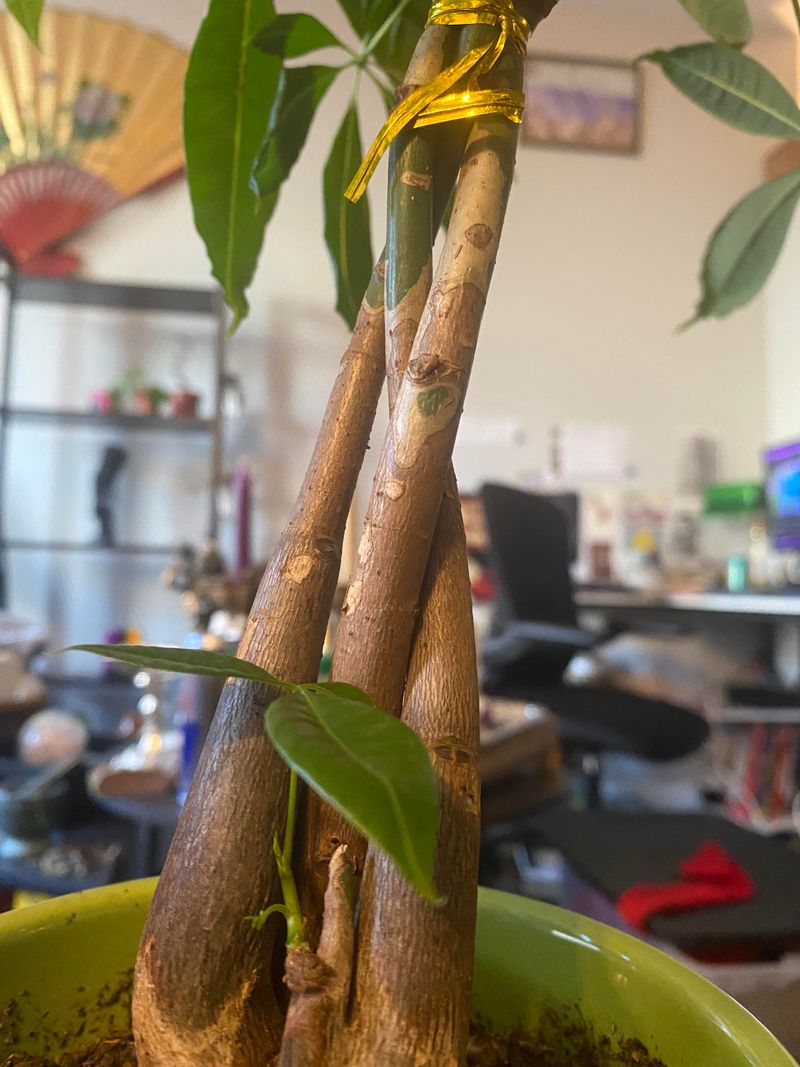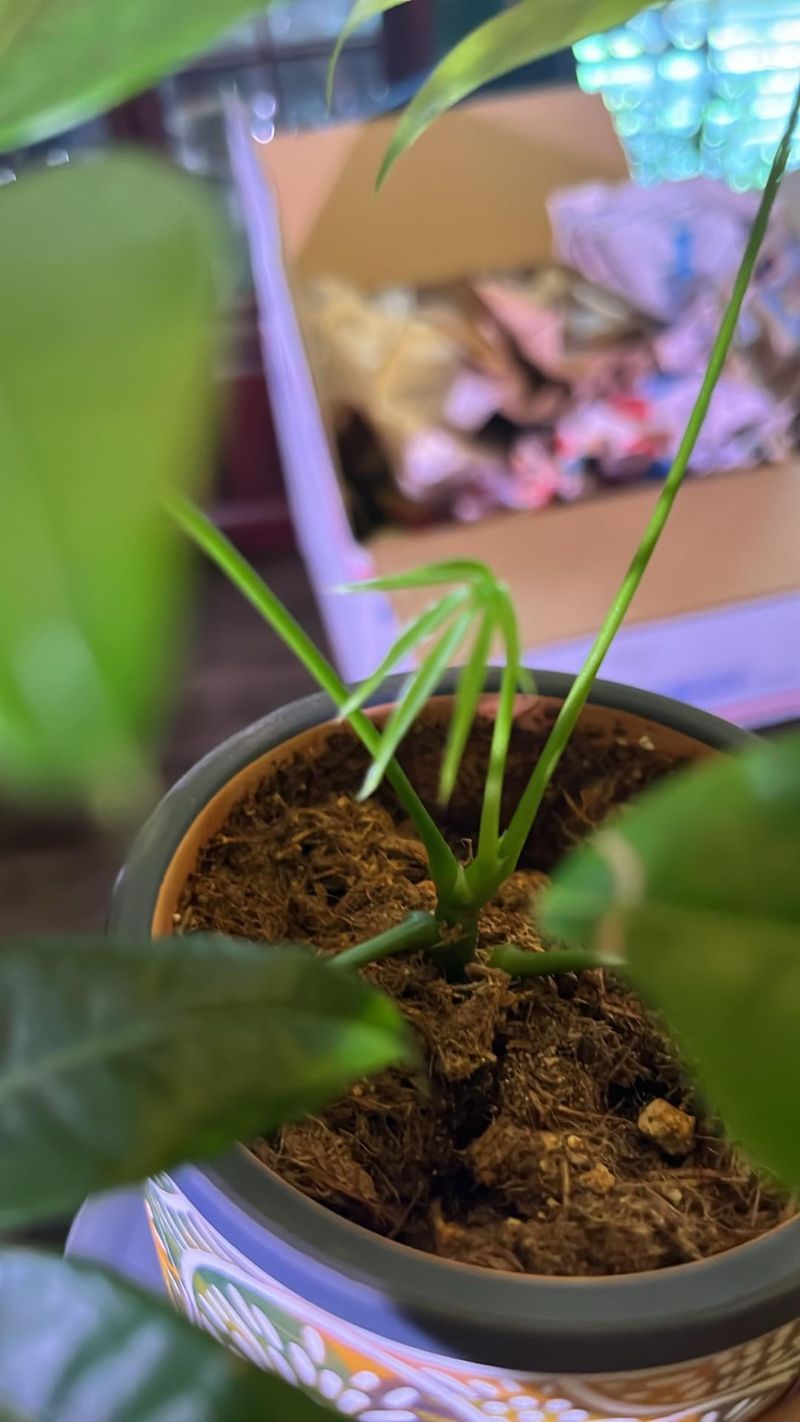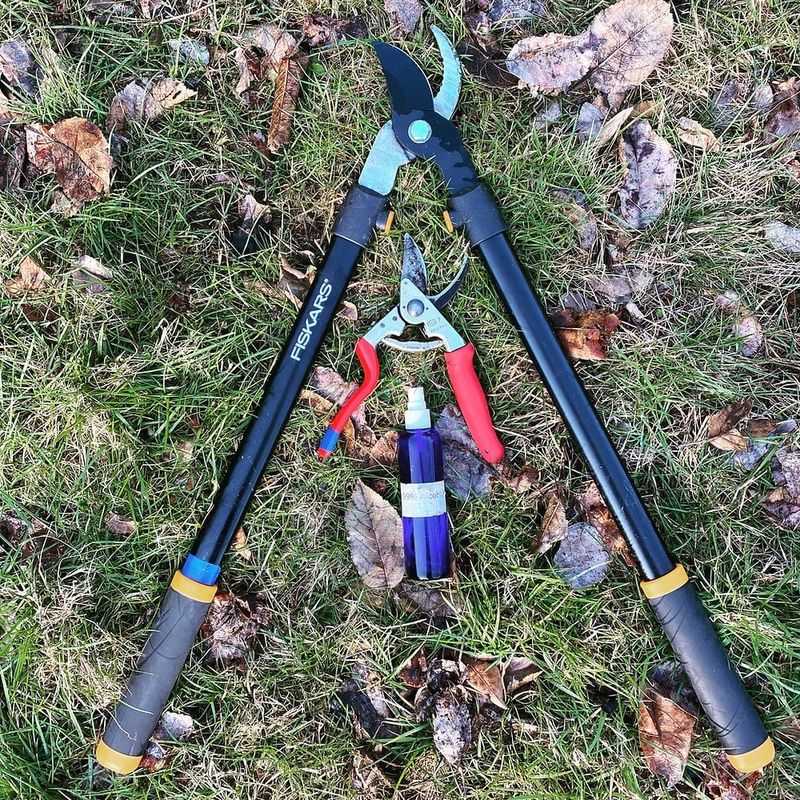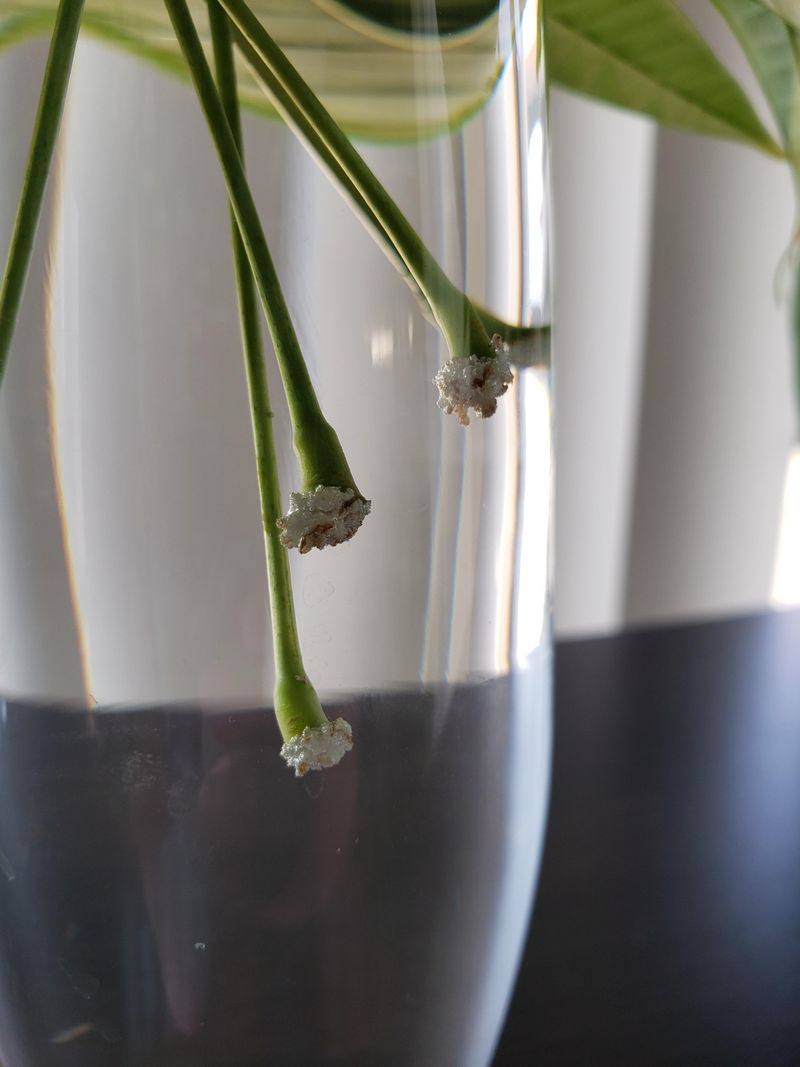A healthy money tree brings good vibes—and pruning it right makes all the difference. I’ve learned that a little trim here and there can wake up new leaves and keep the plant looking fresh.
These 15 essential tips make pruning simple, even if you’re new to it. With the right touch, your money tree will thrive and keep growing strong.
Let’s give those leaves the care they deserve.
1. Use Clean, Sharp Tools
Dirty or dull pruning tools can damage your money tree and introduce disease. Always sanitize your scissors or pruning shears with rubbing alcohol before making any cuts.
Sharp tools create clean cuts that heal quickly, reducing stress on your plant. I recommend using bypass pruners rather than anvil-style ones, as they make more precise cuts without crushing the stems.
2. Prune During Growing Season
Timing matters when it comes to pruning your money tree. Spring and summer are ideal seasons when the plant is actively growing and can recover quickly from pruning stress.
Avoid major cuts during fall and winter when growth slows down. Your tree needs all its energy during dormant periods, and pruning during this time can weaken it unnecessarily.
3. Remove Dead or Yellowing Leaves
Yellow or brown leaves aren’t just unsightly – they’re actually draining energy from your money tree. Snip these off at the base where they meet the stem using clean scissors.
Never pull leaves off by hand as this can damage the healthy tissue. Regular removal of declining foliage allows your plant to redirect resources to new growth and keeps bacterial or fungal issues at bay.
4. Trim Leggy Growth
Long, sparse stems with few leaves indicate your money tree is stretching for light. Cut these leggy branches back to a leaf node or branch junction to encourage bushier growth.
After trimming, consider relocating your plant to a brighter spot. The combination of proper pruning and adequate light will transform a sparse money tree into a fuller, more attractive specimen within a few months.
5. Maintain the Braided Trunk
Many money trees come with decoratively braided trunks that require special attention. Remove any shoots growing from the braided section to maintain its distinctive appearance.
These small shoots can disrupt the braid pattern if left unchecked. Focus your pruning efforts on the canopy instead, where growth contributes to the plant’s overall health and appearance rather than disrupting its signature look.
6. Practice Strategic Thinning
Overcrowded branches compete for resources and create poor air circulation. Identify areas where branches cross or rub against each other and selectively remove the weaker ones.
Stand back occasionally while pruning to assess the overall shape. Good thinning creates a balanced silhouette while allowing light to reach inner leaves. Your money tree will look more graceful and stay healthier with this thoughtful approach.
7. Make Clean Cuts
Always cut just above a leaf node or branch junction, leaving no more than ¼ inch of stem. Ragged cuts or long stem stubs can invite pests and disease while looking unsightly.
Cut at a slight angle to prevent water from pooling on the cut surface. Clean cuts heal faster and encourage proper growth direction, giving your money tree that professionally maintained appearance that marks the difference between amateur and expert plant care.
8. Limit Pruning Volume
Resist the urge to remove more than 25% of your money tree’s foliage at once. Excessive pruning shocks the plant and can set back growth for months or even kill weaker specimens.
If major reshaping is needed, spread the work over several sessions a few weeks apart. This gradual approach gives your tree time to recover between prunings while still achieving your desired shape and health improvements.
9. Shape for Balance
Step back frequently while pruning to check your money tree’s symmetry. An unbalanced plant not only looks awkward but may develop structural weaknesses or start leaning toward light sources.
Trim more heavily on the denser side to create visual harmony. Rotating your plant regularly between pruning sessions also encourages even growth patterns. Your money tree will develop a naturally pleasing form that enhances its symbolic meaning of balance and prosperity.
10. Pinch Growing Tips
For a bushier money tree, try pinching off the soft tips of new growth with your fingers. This simple technique signals the plant to develop multiple branches where there would have been just one.
Focus on pinching the tallest stems to control height while encouraging width. Regular tip pruning creates a fuller appearance without dramatic cutting. Within weeks, you’ll notice new growth sprouting below your pinch points.
11. Prune Crossing Roots
Money trees sometimes develop circling or crossing roots that can eventually strangle the plant. During repotting, gently untangle these roots and trim any that are damaged or excessively long.
Use sharp, clean scissors and remove no more than 20% of the root mass. Healthy root pruning prevents pot-binding and stimulates new root development. Your money tree will thank you with renewed vigor after this often-overlooked maintenance task.
12. Remove Suckers Promptly
Sucker shoots often appear at the base of money trees, competing with the main trunks for nutrients. These small stems grow from below the soil line or from the lower trunk and should be removed completely.
Cut suckers as close to their origin as possible. Left unchecked, they divert energy from your tree’s primary growth and disrupt its classic form. Regular inspection for these sneaky growth thieves keeps your money tree looking its best.
13. Sanitize After Diseased Areas
If you spot signs of disease on your money tree, pruning can help stop the spread. Cut affected areas at least one inch into healthy tissue and disinfect your tools between each cut with rubbing alcohol.
Dispose of diseased cuttings in the trash rather than composting them. This careful approach prevents contaminating your tools and spreading problems to healthy parts of the plant. Prevention through sanitization is far easier than curing an established infection.
14. Save Healthy Cuttings
Don’t waste those healthy pruned stems! Money tree cuttings root easily in water or moist soil. Select 4-6 inch sections with at least two leaf nodes and remove lower leaves before propagating.
Place cuttings in water or damp potting mix and keep them warm and humid. Within weeks, new roots will form, giving you baby money trees to expand your collection or share with friends. It’s a wonderful way to multiply your good fortune!
15. Apply Growth Hormone
After significant pruning, consider applying a diluted seaweed extract or commercial growth hormone to your money tree. These products contain natural plant hormones that stimulate new leaf production.
Follow package instructions carefully – less is more with these powerful stimulants. A light foliar spray or root application gives your tree the boost it needs to bounce back quickly from pruning stress. New growth will appear more rapidly, rewarding your careful pruning efforts.


